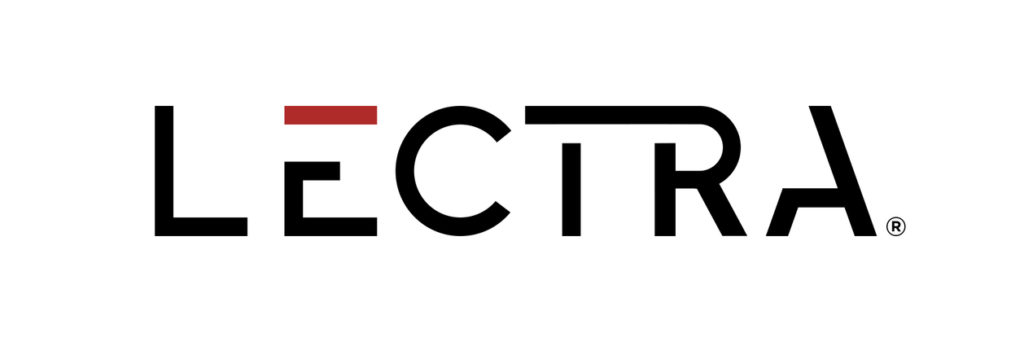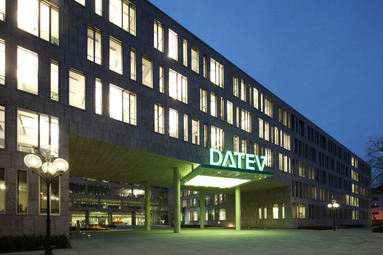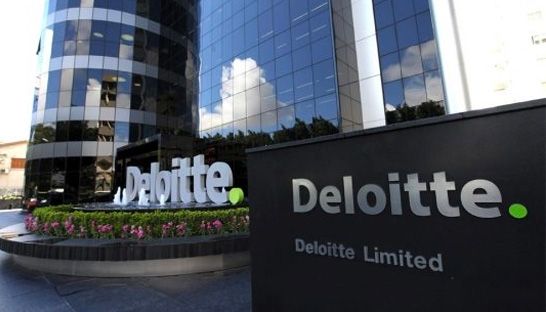Wipro – India’s One Of The Largest Multinational Conglomerates Founded During The British Period.
Wipro, founded in 1945, is one of the largest employers in India. It is a multinational company that was featured in Forbes Global 2000 list as well as Fortune India 500 list. It has more than 230,000 employees and has customers around the globe. Only one year after establishing the company, it was taken public in 1946 and was listed on the Bombay Stock Exchange and National Stock Exchange of India. Azim Premji, an Indian businessman, and engineer is the main brain behind the company. The current CEO of the company is Thierry Delaporte.
About Wipro
Wipro, though started out as a company for manufacturing vegetable and refined oil, has expanded to many other sectors in the last seven decades. It has launched health care, personal care, lightning products, etc, and offers services such as consulting and outsourcing. Wipro has also been a recipient of many prestigious awards and honors. In 2010, Wipro was given the Microsoft Country Partner of the Year Award for India. After a couple of years, it also ranked 2nd in the list of Global 500 Green companies by Newsweek. Subsidiaries of Wipro are Appirio, Topcoder, Capco, and Designit.

Founding Days
Mohamed Premji incorporated Wipro in Alamner, India as Western Inia Products. Later, the company’s name was abbreviated to Wipro. The company initially became a manufacturer of various kinds of cooking and edible oil under the trade names of Kisan, Camel, and Sunflower. The company was slowly growing and it was in 1966 that Mohamed Premji passed away giving the reigns to his son, Azim Premji. He became the Chairman of the company only at the age of 21. It was under Azim Premji’s leadership and guidance that took Wipro into the IT industry, for what it is famous today. It was during the 1970s that Company gradually started finding opportunities in the IT and computing industry. So, in 1977 the company’s name was changed from Western India Vegetables Products Limited to Wipro Products Limited.
After the IT industry, Wipro also expanded its product line by introducing beauty products, hydraulic cylinders, and industrial cylinders. In 1989, the company started a partnership with General Electric for expanding into the healthcare sector by manufacturing diagnostic and imaging products. The company also launched its fluid power division and toiletries product line for babies. In 1995, the company also set up an overseas design center for international clients. By the end of the decade, the company acquired Wipro Acer and introduced new products like Wipro SuperGenius personal computers. The company also started offering internet services in India after starting a joint venture with a Dutch company. In 2000, Company got listed on New York Stock Exchange.
Expansion and Success
The next decade started with a huge success as Wipro became the first software company in India to be ISO 14001 certified. Wipro started a new product line of CFL under the brand name Wipro Smartlite. The company also partnered with Intel for i-Siksha. Wipro also started acquiring several companies starting with cMango Inc in 2006, Oki Techno Centre Singapore Pte Ltd (OTCS) in 2007, and establishing an R&D partnership with Nokia Siemens Network.
In 2008, the company entered into the clean energy business and acquired the global oil and gas division of SAIC. Some of the other companies that Wipro acquired in the following years are Promax Applications Group, Appirio, Rational Interaction, Capco, etc. Recently, Company has also partnered with IBM software systems to launch its 5G solutions. It also expanded its business to Bangladesh a few years ago and extensively invested in the European market.
About Azim Premji
Azim Premji is the founder chairman of Wipro who took responsibility for the business after his father passed away. He was born in a Gujarati Muslim family in Bombay. Azim Premji completed his graduation from Standford University and returned back to India immediately and started working for the company. In 2005, he received Padma Bhushan for his contribution to trade and commerce.

Annasha Dey is an NIT student, who apart from studying engineering is also a content writer. She has a great interest in photography, writing, reading novels, and travelling as well. She is a foodie who loves socializing and hanging out with her friends. She is also a trained Kathak dancer and a big fashion enthusiast. Dey also loves watching TV series, which includes F.R.I.E.N.D.S. and Big Bang Theory. To be a better writer she prefers to read more




